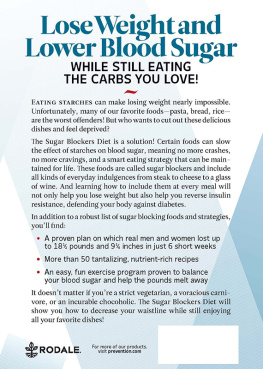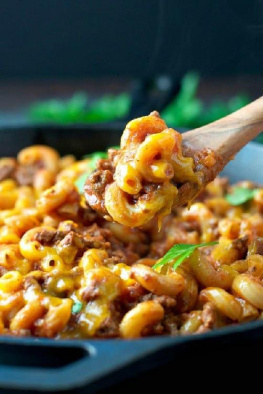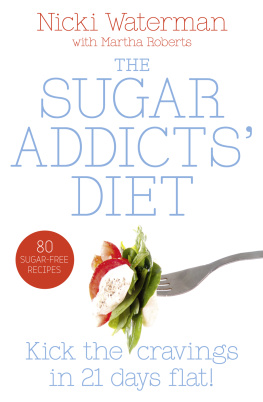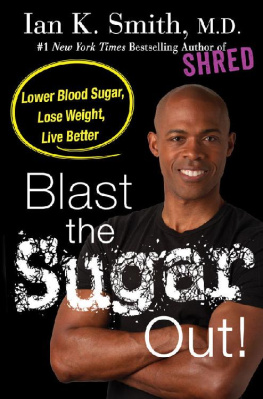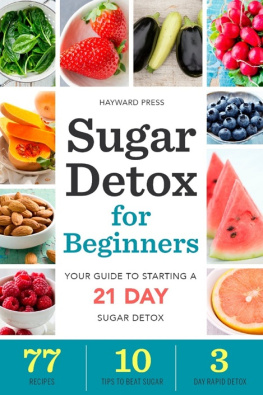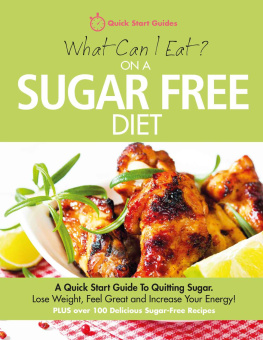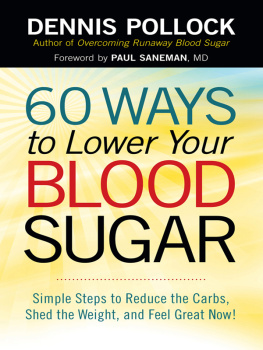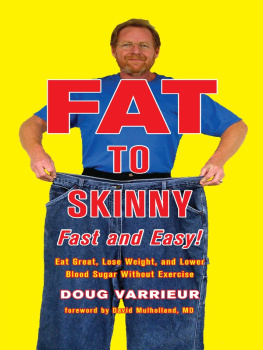

This book is intended as a reference volume only, not as a medical manual. The information given here is designed to help you make informed decisions about your health. It is not intended as a substitute for any treatment that may have been prescribed by your doctor. If you suspect that you have a medical problem, we urge you to seek competent medical help.
The information in this book is meant to supplement, not replace, proper exercise training. All forms of exercise pose some inherent risks. The editors and publisher advise readers to take full responsibility for their safety and know their limits. Before practicing the exercises in this book, be sure that your equipment is well-maintained, and do not take risks beyond your level of experience, aptitude, training, and fitness. The exercise and dietary programs in this book are not intended as a substitute for any exercise routine or dietary regimen that may have been prescribed by your doctor. As with all exercise and dietary programs, you should get your doctors approval before beginning.
Mention of specific companies, organizations, or authorities in this book does not imply endorsement by the author or publisher, nor does mention of specific companies, organizations, or authorities imply that they endorse this book, its author, or the publisher.
Internet addresses and telephone numbers given in this book were accurate at the time it went to press.
2012 by Rodale Inc.
Photographs 2012 by Rodale Inc.
Exclusive direct hardcover was published by Rodale Inc. in January 2012.
All rights reserved. No part of this publication may be reproduced or transmitted in any form or by any means, electronic or mechanical, including photocopying, recording, or any other information storage and retrieval system, without the written permission of the publisher.
Rodale books may be purchased for business or promotional use or for special sales.
For information, please write to: Special Markets Department, Rodale Inc., 733 Third Avenue, New York, NY 10017.
Prevention is a registered trademark of Rodale Inc.
Exercise photos by Mitch Mandel/Rodale Images
Book design by Toby Fox
Library of Congress Cataloging-in-Publication Number: 2011037758
ISBN 9781609618438 trade hardcover
eISBN 9781609612542 ebook

We inspire and enable people to improve their lives and the world around them
For more of our products, visit prevention.com.
To Kathy
CONTENTS
INTRODUCTION

A BOUT 12 YEARS AGO, on a trip out of town, I found myself getting up in the middle of the night with an unquenchable thirst and the need to urinate. I knew something was wrong and figured that diabetes was high on the list of possibilities. As a preventive cardiologist, I specialize in treating conditions that lead to heart disease, including diabetes. I have analyzers in my office for checking blood sugar, so I promised myself that I would check it when I got back to the office. When my medical assistant handed me the results, I was dumbfounded. My blood sugar wasnt just a little over the lineit was sky-high.
Its amazing how having a disease changes your perspective about it. As a physician, I spent my days making diagnoses, analyzing lab tests, and making decisions about medications. I gave overweight folks and those with diabetes advice about their diet and exercise habits but didnt spend much time thinking about it. That was their world. When I got diabetes, I suddenly entered that world. I had no problem figuring out what lab tests I needed or which medications to take, but every day I found myself grappling with a more primal aspect of life: what to eat. Having diabetes, I could never forget that the disease is a disturbance in the way the body handles food.
If you are overweight or have type 2 diabetes, the reasons are the same: Your pancreas has to make higher-than-normal amounts of the hormone insulin to keep your blood sugar down. Excessive insulin makes you fat, and producing all that insulin eventually wears out your insulin-making cells, which is when your blood sugar goes up.
Your body needs insulin to metabolize carbohydrates, foods that your digestive system turns to sugar. If you could stop eating carbs altogether, no doubt youd lose weight, and if you have diabetes, your blood sugar would be a cinch to control. But cutting carbs is easier said than done. We like our fruits, vegetables, baked goods, and sweets. Isnt there an easier way than avoiding carbohydrates altogether?
Well, it turns out there is. If youre typical, you squander most of the insulin your body produces on surging blood sugar levels that occur immediately after meals. The fact is, you dont have to cut out all carbohydratesonly the ones that cause these sugar shocks. Scientists now rate carbohydrates according to their glycemic loadhow high they shoot up your blood sugar right after you eat them. The good news is that only a handful of foods have glycemic loads high enough to cause sugar shocks. The bad news is, theyre some of our favorite foods. Were used to eating them at virtually every meal.
Thats where sugar blockers come in. There are ways that you can blunt the blood sugarraising effects of carbohydrates. For example, many of our favorite foods contain substances that interfere with the breakdown of carbohydrates to sugar in your digestive tract and slow its absorption into your bloodstream. Not only do these natural sugar-blocking substances inhibit the absorption of sugar in the foods that contain them, but they also block the absorption of sugar in other foods that you eat with them. You dont have to avoid carbs completely if you combine them with foods that contain these sugar blockers.
Adding sugar-blocking foods to your diet isnt the only way to lessen after-meal sugar spikes. The order in which you eat food, your activities before and after you eat, how much fluid you drink with your meal, the time of day, and even the amount of sleep you getall affect how high your blood sugar goes after you eat a carbohydrate. In addition, the pharmaceutical industry has recently developed revolutionary new sugar-blocking medications that slow the entry of sugar into your bloodstream, reduce your bodys needs for insulin, and reliably produce significant and lasting weight loss.
None of these sugar blockers will completely prevent the rise in blood sugar and insulin demands that occurs after you eat a starchy carbohydrate. However, they can decrease it significantly, and researchers have discovered that it doesnt take much sugar blocking to provide benefits. Reducing the size of after-meal blood sugar spikes by just 30 percent reduces insulin demands, promotes weight loss, makes diabetes easier to control, and can actually reverse prediabetes. Most remarkable, recent studies have shown significant reductions in the incidence of heart disease among both followers of lowglycemic load diets and people who take pharmaceutical sugar blockers.
I have been using the methods described in this book for years. My diabetes has remained in excellent control, I lost the 25 extra pounds I was carrying around, and truly, I eat better now than ever. I also recommend this approach to my patients. Recently the editors of
Next page
